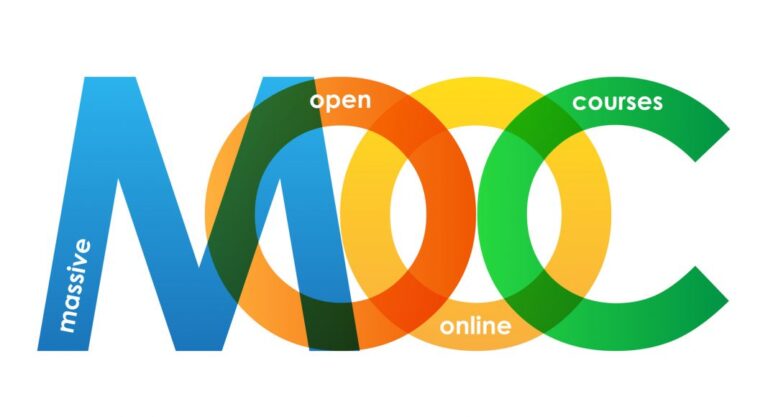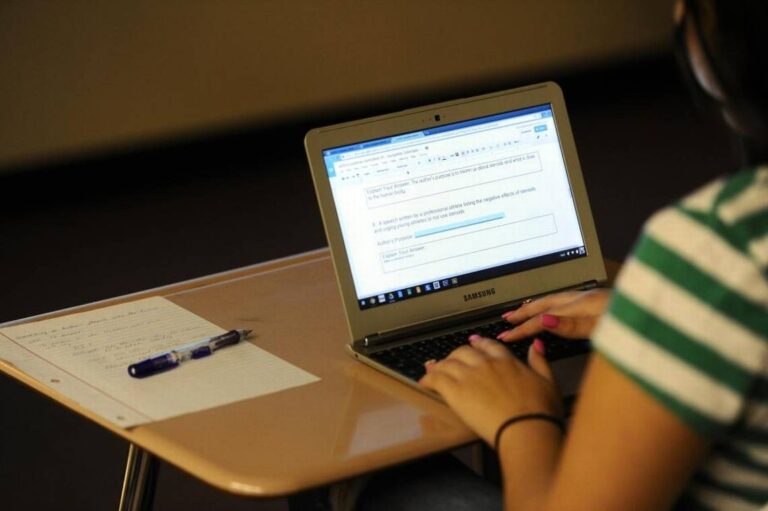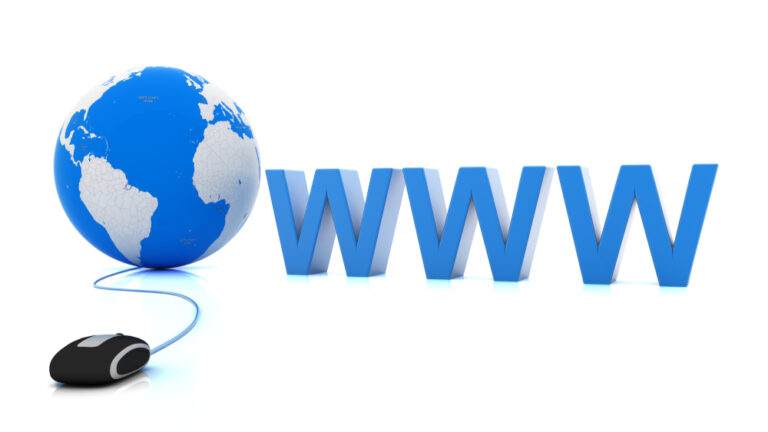The Emergence Of Email And Its Impact On Communication
The Emergence Of Email And Its Impact On Communication. The introduction of email has significantly changed how we interact. It has transformed how fast and effortlessly we can communicate with one another, no matter where they may be in the globe, in only a few short decades. It has fundamentally changed how we keep in touch with friends, family, and coworkers. However, what precisely about email has made such a significant difference?
In this post, I’ll examine the development of email, its advantages over other types of communication, and why it has become so pervasive in contemporary society.
As well as exploring some of the drawbacks which have come along with its widespread adoption.
History Of Electronic Message

I remember the days before email. Communication was so much slower and harder than it is now! Back then, if you wanted to send messages, you had to write a letter by hand or use telephone calls – both of which were time consuming and incredibly inefficient when compared to today’s digital options.
The emergence of electronic mail changed all that. Although the first formal email system was created in 1971, the public’s access to the internet did not become generally available until 1991. This gave people in different areas the chance to communicate with one another via emails delivered across large distances for essentially no cost.
Email has revolutionized our ability to communicate with others quickly and easily across vast distances; its impact on communication is undeniable. Without this amazing technology, I can only imagine how difficult it would be to keep up with friends and family who live too far away for regular visits.
Moving forward into the next section: let us explore some of the benefits of using email as part of our daily lives.
Benefits Of Email
The emergence of email has had a tremendous impact on communication. The ability to send an electronic mail (email) message instantly, without any physical barrier or wait time for delivery has transformed how we communicate in the 2000s and beyond.
I’ve found that there are several key benefits to using virtual communication such as email:
- It’s quick – You can send an email to someone thousands of miles away in an instant.
- It’s easy – Sending emails requires very little knowledge about technology; anyone with basic computer skills can do it easily.
- It allows for attachments – With emails you have the ability to attach documents, photos, videos, etc., giving you more flexibility when communicating than traditional methods like letters or phone calls.
- It’s affordable – In most cases sending an email is free or low cost compared to other forms of communication.
Overall, email has revolutionized our ability to stay connected and share information with friends, family members and colleagues around the world quickly and easily. As we move forward into this digital age, these advantages will only become more pronounced and accessible regardless of geographical location.
To begin exploring further, let’s take a look at some potential disadvantages associated with using emails…
Disadvantages Of Email
I’m sure we’ve all experienced the disadvantages of email at one time or another. It can be a major distraction from our everyday lives, and it’s so easy to get overloaded with emails coming in from coworkers, direct marketing companies, etc.
Email overload has become such an issue that many organizations are now implementing policies to limit internal communications via email in order to increase productivity.
One of the biggest issues with emails is that they’re often taken out of context because there is no non-verbal communication involved. Additionally, if you don’t respond to an email quickly enough, the person sending it may assume you aren’t interested or just don’t care about their message. This can cause misunderstandings which could have been avoided had people communicated face-to-face instead.
Another problem associated with email is spamming – being bombarded by unwanted messages from businesses trying to sell us something we probably don’t need or want. Spam emails clog up our inboxes and take away valuable time spent on more important tasks.
All things considered, email isn’t always as helpful as it seems at first glance; however, following proper etiquette when writing emails can help minimize these problems and make communicating much easier for everyone involved.
Email Etiquette
Email has some distinct disadvantages, but its use in communication is undeniable. Despite these problems, there are certain etiquette rules that should be followed when sending emails to ensure they are received and understood by the recipient.
When sending an email it’s important to make sure you reply promptly and appropriately to any messages sent to you.
It can also be helpful to format your message correctly; this means making sure that the subject line reflects the content of your message and using proper grammar in your writing. Additionally, think carefully before hitting send; make sure all of the information you need to include is included and double-check for typos or incorrect information. This will help ensure that whoever receives your email understands what you’re trying to communicate easily.
In addition, remember that emails are not private conversations – they can always be forwarded on or access later on if needed. As such, it’s best practice to keep sensitive information off of emails where possible, even if you trust the recipient completely.
With a few simple steps like these ones, you’ll have no problem following good email etiquette whenever you need to send a message!
Nowadays many people are concerned about their online security while communicating via email including identity theft and hacking attempts which affects both businesses and individuals alike.
Email Security

We’ve all experienced it: the amazing convenience of email. It has revolutionized how we communicate, both internally and externally. With a few simple clicks, emails can be sent to anyone in the world with an internet connection! However, along with that comes some serious security considerations when it comes to our inboxes and email systems. For those who have confidential information flying through their exploring the evolution of online networks on a regular basis, they must prioritize security if they want to keep their data safe from malicious actors.
Here are five tips for keeping your email secure:
- Invest in robust antivirus software that continuously scans incoming emails for potential threats.
- Utilize strong password protocols and two-factor authentication whenever possible.
- Regularly audit internal networks for vulnerabilities that could be exploited by hackers.
- Encrypt sensitive data before sending it via email.
- Train employees on proper cybersecurity practices so everyone is aware of the implications of external communication.
By following these steps, you can ensure that your organization’s emails remain as secure as possible — no matter where they travel! Taking the time to plan ahead now will save countless headaches down the line should any breaches occur.
Moving forward, let’s explore another area related to email – email marketing!
Email Marketing
Moving on from email security, we now look at another popular use of emails: email marketing. Ever since the ARPANET system allowed for electronic mail to be sent in 1972, companies have been able to send promotional messages via email services such as Hotmail and AOL.
Sending bulk emails is now much simpler thanks to the development of Apple’s Mail software, which makes managing several accounts at once considerably simpler.
One of the quickest and easiest methods to reach consumers and new prospects is through email marketing. Companies are able to create automated campaigns that can customize each message according to user preferences or interests with little effort on their part. This means that they can set up an automated campaign through their preferred email service provider and let it take care of everything instead of having to manually insert information into an email every time someone subscribes to them or makes a purchase from them.
Additionally, since each consumer may receive tailored emails, businesses can monitor the performance of their campaigns by examining open rates, click rates, and other data like conversion rate. They can then modify their strategy as necessary to achieve the highest potential return on investment (ROI).
With more accurate data about what works best when it comes to reaching out to people online, companies are better equipped than ever before when it comes to growing their business through digital means.
These advantages make email marketing an attractive option for any company looking to increase its visibility online while also saving money in the process. It’s no wonder why many businesses turn to this method rather than traditional advertising methods like TV commercials or print ads – not only does it save them money but it also allows them greater control over who sees what message when.
Let’s take a closer look at how automation fits into this equation next.
Email Automation
Email has revolutionized how we communicate. Before 1977, the only way to send a message was either by post or in person – both of which were time consuming and costly.
It was then that computer programmer Ray Tomlinson sent the first email from his keyboard terminal at Bolt Beranek and Newman (BBN). He developed an electronic mail system based on ARPANET development – the forerunner of the internet – that enabled messages to be sent directly between two computers. This groundbreaking invention quickly became ubiquitous as people realized its potential for instant communication.
The introduction of automated emails also led to increased efficiency in emailing processes. Automated emails are pre-written responses triggered by user activity, such as signing up for a newsletter, downloading an ebook or making a purchase online. They use standard templates that can easily be customized with name tags, images and links thus eliminating much of the manual work involved in responding to customers’ queries.
Furthermore, automated emails allow businesses to reach out to their target audience more effectively than ever before by setting up personalized marketing campaigns based on customer demographics and interests.
Today, email remains one of the most powerful tools available for business communication – allowing users to stay connected anytime anywhere without incurring significant costs associated with traditional forms of communication like phone calls or postal services. Its impact is undeniable; it has transformed our lives beyond recognition since its inception four decades ago!
Email Collaboration
Email automation is an incredible tool that has revolutionized communication. Without regard to location or time zone, it’s a terrific method to send and receive messages fast from any sender. However, depending only on automated emails can frequently make it impossible for the sender and recipient to interact successfully.
That’s why email collaboration tools are so important in ensuring clear and effective communication between parties. These tools allow the sender and recipient to overcome common barriers such as language differences, technological limitations, and geographic distance.
Email collaboration also helps people who may not have access to the same software or hardware platforms work together seamlessly by providing them with shared workspaces where they can exchange ideas, resources, documents, images, etc. This makes it easier for all involved to stay up-to-date on projects without having to manually copy information back and forth between multiple devices or locations.
In addition, such email collaboration solutions can provide helpful features like task management capabilities which enable users to easily assign tasks among team members while keeping track of progress along the way. With these features at their disposal, teams can better coordinate efforts across various departments within an organization as well as collaborate remotely on creative projects outside of traditional office settings.
Plus, by using these collaborative tools organizations are able to ensure that everyone stays connected no matter how far away they are geographically located. As we look ahead towards archiving our digital communications…
Email Archiving
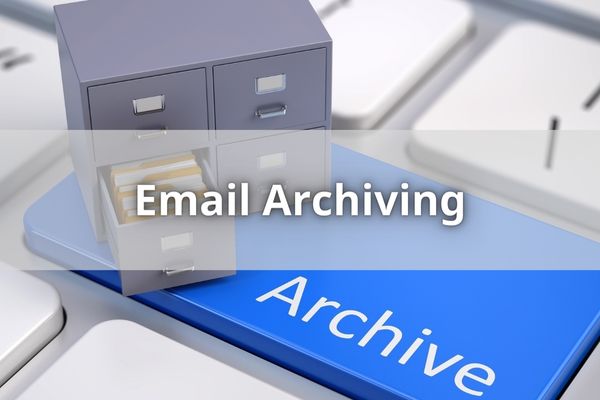
Email has completely revolutionized the way we communicate. Before email, it could take days for messages to be delivered and exchanged between two people. With its emergence, communication became easier and faster than ever before.
Emails began to rapidly replace traditional methods of exchanging information – like post or telephone calls – as they provided a near-instant means of doing so from almost anywhere in the world. The introduction of emails meant that conversations no longer needed to be held face-to-face and could instead now happen over vast distances with little delay.
It also created an entirely new protocol for sending attachments, which considerably increased our ability to exchange files quickly and easily with one another. Moreover, with the impact of mobile technology on the emergence of the internet such as tablets and smartphones, emails have become even more accessible and convenient for users everywhere. Nowadays, emails are used all across industries by individuals who need quick access to their records without having to print them out or physically store them on site.
This is why email archiving has become increasingly important; it allows companies to keep track of past communications while ensuring data security compliance standards are met at all times according to regulations set forth within certain countries:
- Archived emails must be securely stored offsite
- Accessing archived emails requires authentication protocols
- Companies should have policies in place regarding how long archives should remain intact
It’s clear that email technology has had a significant impact on communication since it first emerged, allowing us unprecedented opportunities when sharing documents and exchanging messages around the globe. The importance of email archiving goes hand in hand with this development; as organizations strive towards staying compliant with local legislation, maintaining secure backups becomes paramount to success.
To transition into the subsequent section about ’email filtering’, let’s explore how these tools can help manage large volumes of incoming mail effectively.
Email Filtering
Midway through the 1970s, the first mail was sent, ushering in a new era of communication. Email swiftly grew in importance and opened up new channels for interpersonal communication. Email is now more accessible than ever thanks to cellphones, Microsoft Outlook, and Gmail.
Inboxes are now overflowing with both business and personal communications – faxes have been replaced by emails as a preferred method of sending information from one person to another.
Email filtering is an essential tool for managing your inbox effectively. It can help you keep track of key messages while discarding junk mail or irrelevant notifications. Filtering also allows you to customize how you receive certain types of messages.
For instance, if you want all banking related emails stored in one folder so that they’re easier to find, then email filters make this possible. Additionally, filters can be set up to automatically delete certain kinds of messages once read or after a specified amount of time passes without being opened.
This powerful tool gives users greater control over their inboxes and helps them stay organized when dealing with large volumes of emails every day. Moving forward, understanding how different emails get filtered will become even more important as organizations continue to use email for marketing purposes and customers need better protection against spamming practices.
All these factors point towards the need for reliable solutions like email analytics which allow businesses to monitor customer engagement levels more closely than ever before.
Email Analytics
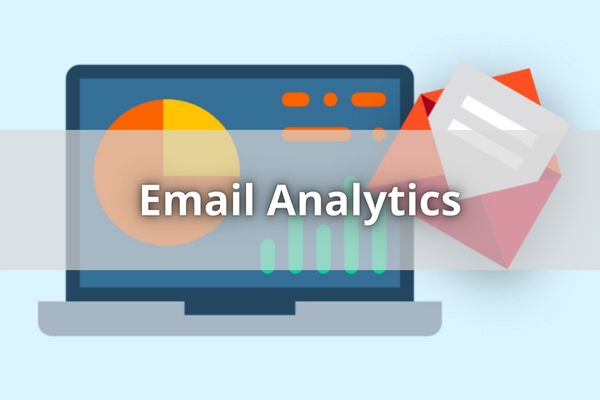
I’m sure we can all agree that email changed the way we communicate. Sending and receiving messages is now a breeze with just one click of a button, which was unheard of before its emergence. We have proprietary systems in place to make it easier for users of the messaging platform to send and receive emails quickly and securely.
Email has made an immense impact on educational systems and even military operations as well. It’s become so common these days that many people don’t think twice about it – they simply rely on it every day to do their jobs or study effectively.
For example, teachers often use emails to assign work, give feedback, or communicate with students; businesses may also share documents among employees over email instead of using other methods like snail mail or courier services. Email communication is essential when it comes to responding promptly to customers inquiries too!
Overall, email technology has revolutionized the way we communicate by providing us with an efficient tool for sending and receiving messages almost instantaneously from anywhere around the world.
Conclusion: The Emergence Of Email And Its Impact On Communication
Email has completely changed how we interact. It is speedy, practical, and virtually instantly capable of sending files like images, documents, and movies. Email has proven to be a very helpful tool for me when it comes to staying in touch with far-flung friends and family.
In general, email is a very potent instrument that has transformed how people communicate on a worldwide basis. Whether it’s for business or personal use, emails have become an essential part of our lives—and they’re only becoming more popular. With all its advantages and protections against hackers, sending emails safely remains one of the most secure ways to share information today.


